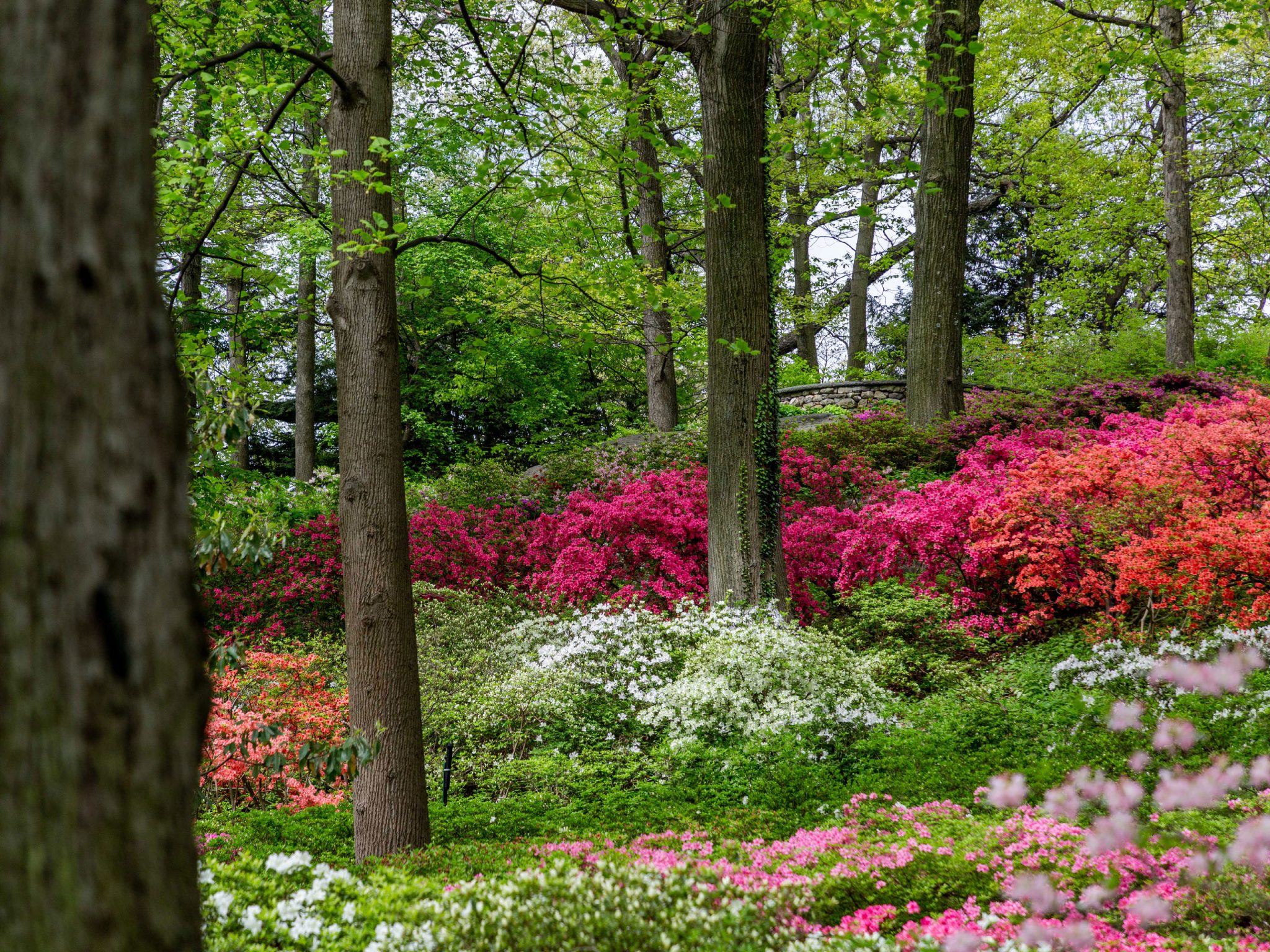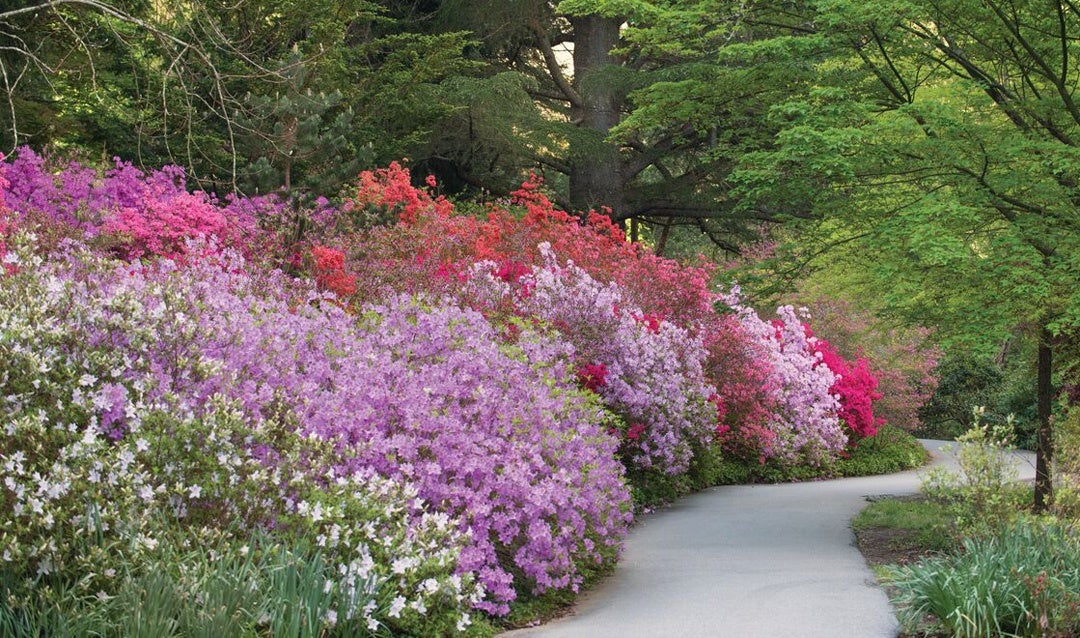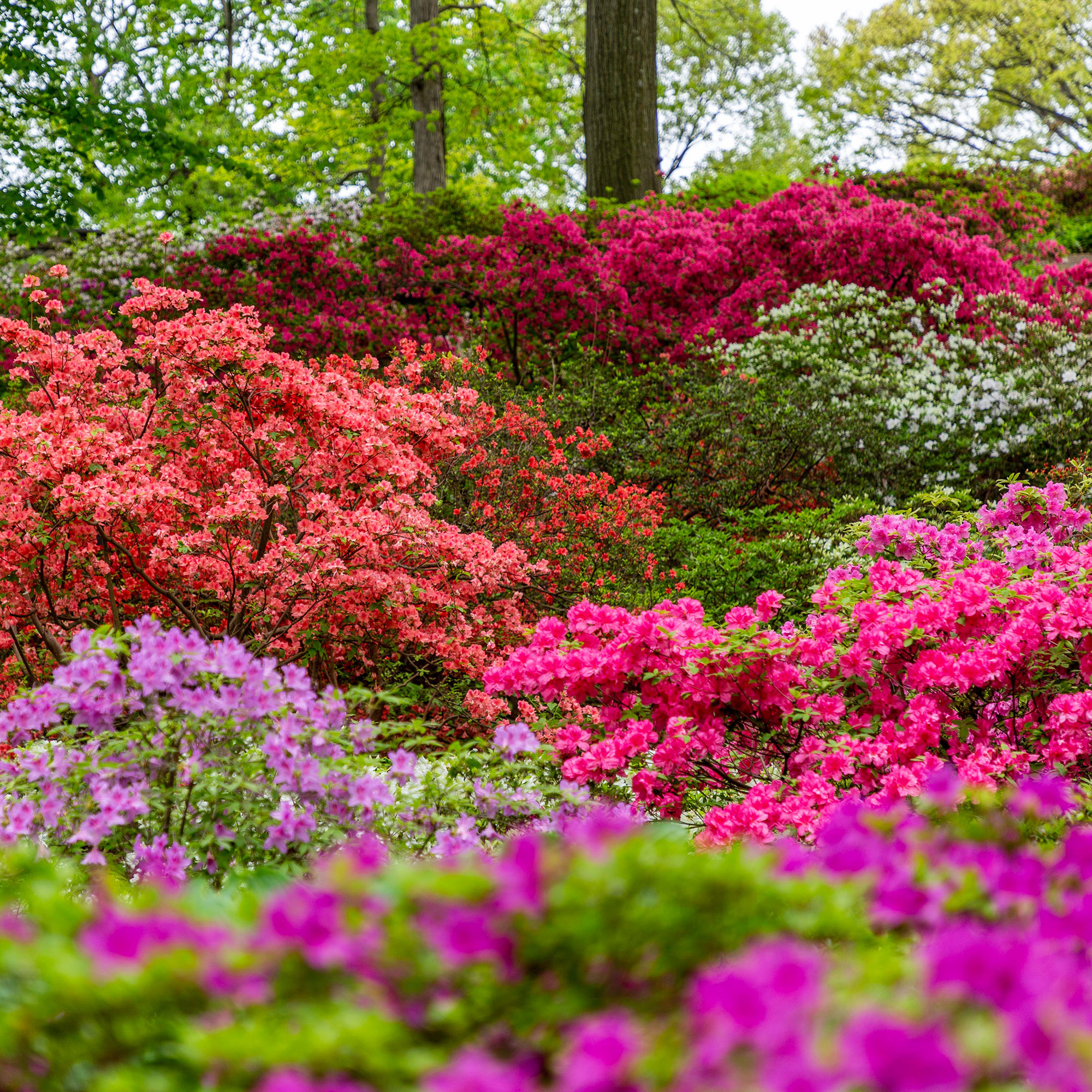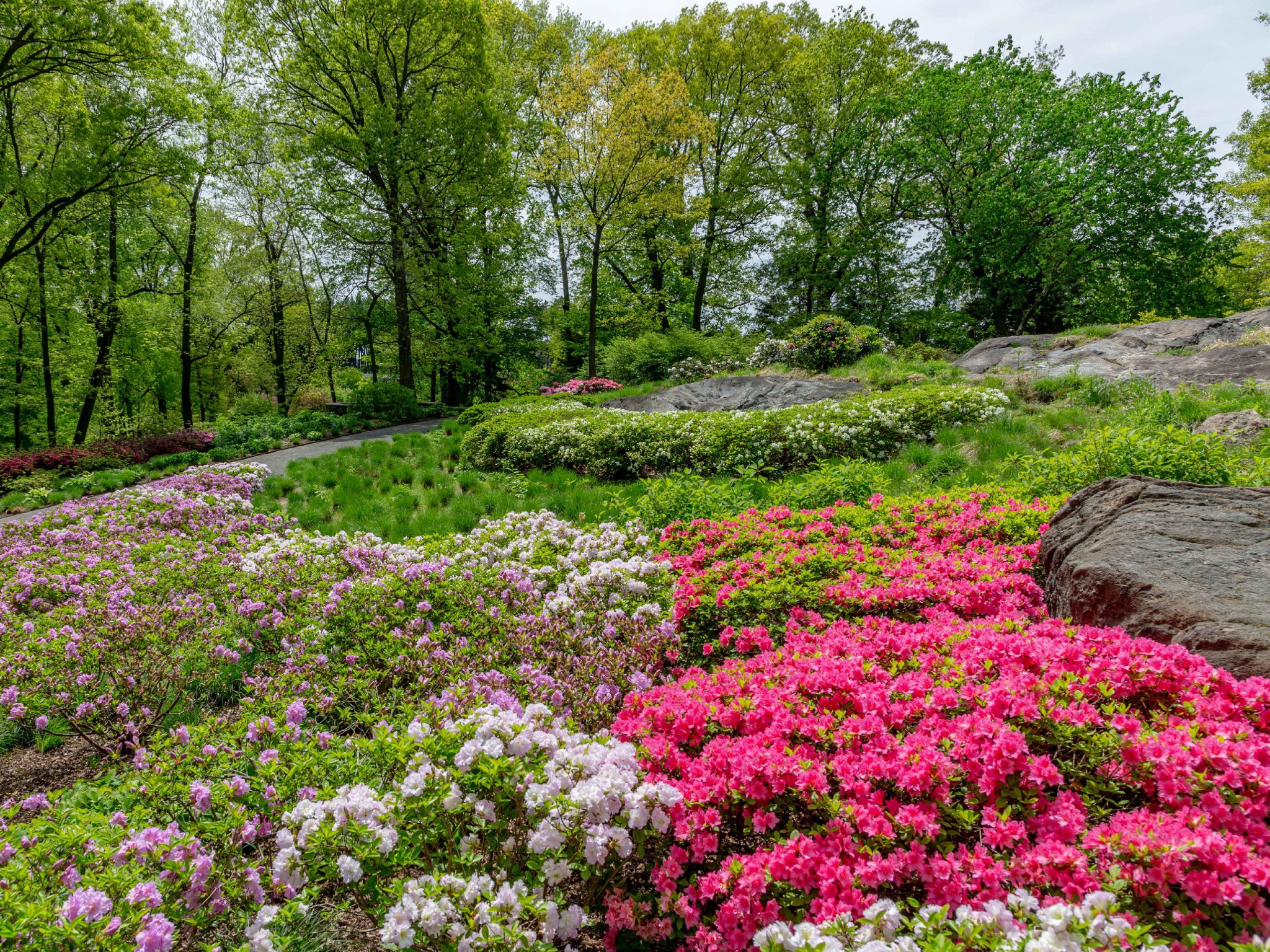Bloom Bright: How Azalea Gardens Can Transform Your Outdoor Space

Azaleas have a special way of making any garden feel like a peaceful haven, with their soft blossoms and lush green leaves. Yet, behind their graceful beauty is a set of straightforward needs that, once understood, anyone can meet—even if you’ve never grown a plant before.
Let’s start with the core question: What helps azalea gardens flourish? Think of azaleas as friends who prefer a cozy spot—not too hot, not too wet, and with just the right kind of soil to settle into. Specifically, they thrive in soil that’s acidic (a pH between 4.5 and 6.0), enjoys morning light but not harsh afternoon sun, and likes consistent moisture without sogginess.
That might sound technical at first glance—acidic soil? pH levels? But picture it this way: it’s like setting up a comfy chair where your friend can relax happily. No question is silly, we’ll walk through the how-to in simple steps.
why should you care about these details?
imagine looking at a garden full of radiant azaleas—vibrant pinks, creamy whites, fiery reds—and wondering how someone got them to bloom so perfectly without fading or pests ruining the show. Gardening often feels like an art shrouded in mystery to many beginners. The truth is, azaleas aren’t fussy plants; they just need balanced conditions that anyone willing to learn can provide.
I’ve seen countless first-timers hesitate at words like “acidic soil” or “partial shade.” But trust me: understanding these isn’t about memorizing terms—it’s about noticing what your plants need day by day. When you get that rhythm down, tending azaleas becomes less chore and more joy.

Step-by-Step: Growing Your Own Azalea Garden With Confidence
Step 1: Find Their Sweet Spot
Imagine azaleas loving to lounge where sunlight filters gently through taller trees—like being under an umbrella on a warm day. Too much direct afternoon sun can stress them out; but morning sun energizes them.
Step 2: Getting Soil Just Right
Think of soil as the mattress for your plants’ roots; too firm or alkaline and they won’t get comfy. You can buy an affordable pH kit ($10-$15 at most garden centers) to check your garden’s acidity level. If it’s off, adding pine needles or composted leaves works wonders to naturally lower pH—and bonus: it also improves soil texture! Good drainage is equally important because no one likes having "wet feet." Raised beds or mixing sand into the soil can solve soggy spots easily.
Step 3: Plant Like You Mean It
Azalea roots are shallow—they don’t want to be buried deep underground or disturbed too much. Dig your planting hole twice as wide as the root ball but keep the plant sitting at its original depth. This ensures roots breathe well and reach nutrients easily.
Step 4: Watering Without Overdoing It
The trick is steady moisture—not drowned plants or dryness. Early mornings are best for watering; it lets water soak in before warmer midday temps evaporate it while reducing disease risk from damp evenings.

Step 5: Mulch Is More Than Decoration
A thick layer (2-3 inches) of pine bark or wood chips acts like a cozy blanket over thirsty roots—keeping temperature steady and weeds away. Remember though: don’t pile mulch up against stems or trunks; leave space there so rot doesn’t sneak in.
Real-Life Azalea Inspirations
Back in 2019, I visited Brooklyn Botanic Garden during their peak azalea bloom—walking amidst those vibrant clusters felt like stepping into a living watercolor painting. What struck me was how each plant was perfectly spaced with careful layering of shade trees above—a brilliant example showing how nature and thoughtful design harmonize beautifully.
Closer to home, I watched a neighbor transform her shady backyard by planting just half a dozen native azaleas beneath her maple tree canopy. Two springs later, those bushes exploded with color, drawing compliments from passersby who marveled at such effortless elegance.
Commercial landscapes also rely on azaleas because they brighten shaded walkways without demanding constant fuss—a testament to their resilient charm when given basic care.

Troubleshooting Made Simple
It’s normal to hit some road bumps along this journey:
- Yellow Leaves? Your soil might be too alkaline or drenched around the roots.
- No Flowers but Healthy Green? Maybe the plants crave more dappled light rather than dense shade; sometimes excess fertilizer encourages leaves over blooms.
- Pesky Lace Bugs? Gently spraying water on leaves regularly helps discourage these insects; neem oil sprays offer natural protection if needed.
These are fixable problems—think of them as signals guiding you toward what your plants need next rather than reasons for frustration.
Bonus tip: local nurseries are treasure troves of region-specific wisdom—I always encourage asking for advice tailored to your area’s climate and soils!
Encouragement From Experience
One thing I deeply appreciate about nurturing azaleas is watching how responsive they become once their basics are respected—they don’t hide themselves away but reward your care openly with vivid blooms that feel almost like nature’s thank-you notes. Gardening blends science (soil chemistry, watering routines) with intuitive observation—you learn by doing and listening closely over time.

Mistakes aren’t failures—they’re learning moments helping you refine your approach until growing azaleas feels second nature. This growing process itself nurtures patience and calmness—qualities gardeners often cherish as much as their flowers!
You’re capable of creating this serene floral retreat yourself—the joy grows alongside the blooms!
Ready To Begin?
Here’s what you can do today:
- Grab a Soil pH Test Kit: They’re budget-friendly and give immediate insights.
- Observe Your Yard: Where does morning sun shine? Which spots stay shady afternoons?
- Pick Azaleas Suited For Your Climate: Native varieties tend to be hardier.
- Plan an Inspiring Visit: Seeing thriving gardens during bloom season boosts confidence.
- Start Small: Planting two or three shrubs makes managing easier while learning.
- Join Online Groups: Sharing photos & experiences brings encouragement during trials.
Every small step builds toward not only healthier plants but greater connection with nature—and yourself!
Azalea gardens embody more than just pretty flowers—they represent harmony between environment and care guided by human hands sensitive enough to meet subtle needs. Once you grasp these principles clearly—as we’ve done here—you’ll enjoy gardening not as mystery but as creative fulfillment filled with ongoing discovery.
Keep nurturing confidently—you already hold what it takes for success! 🌸



